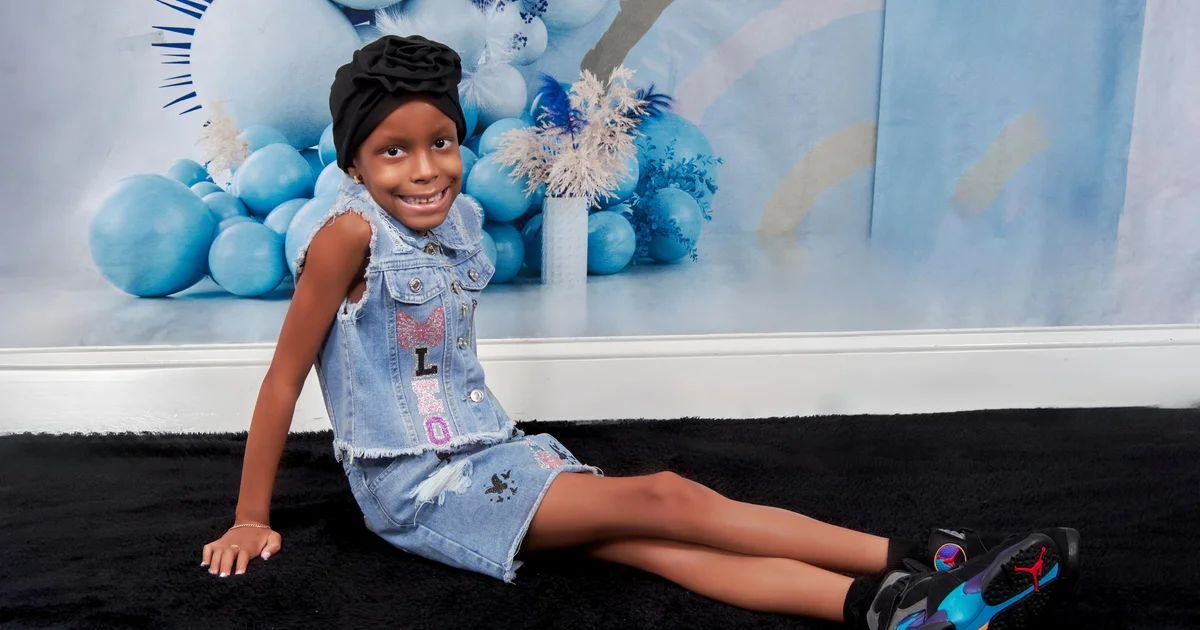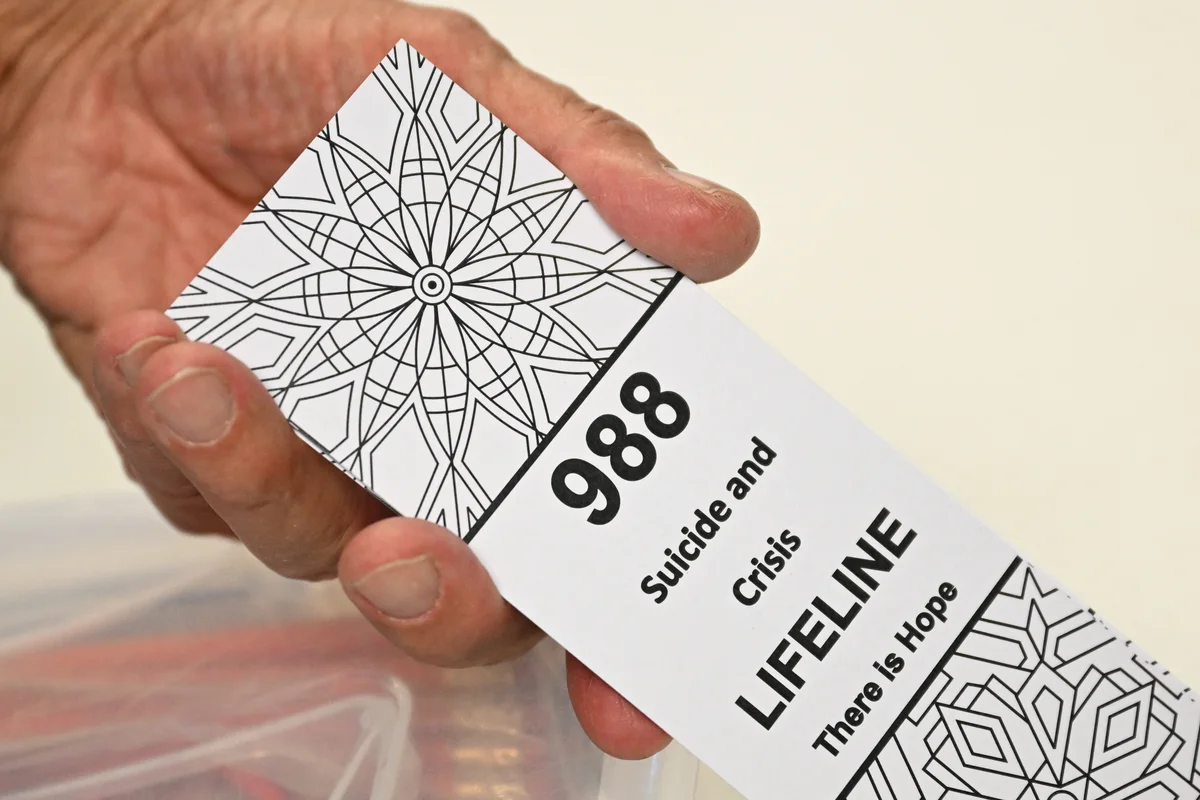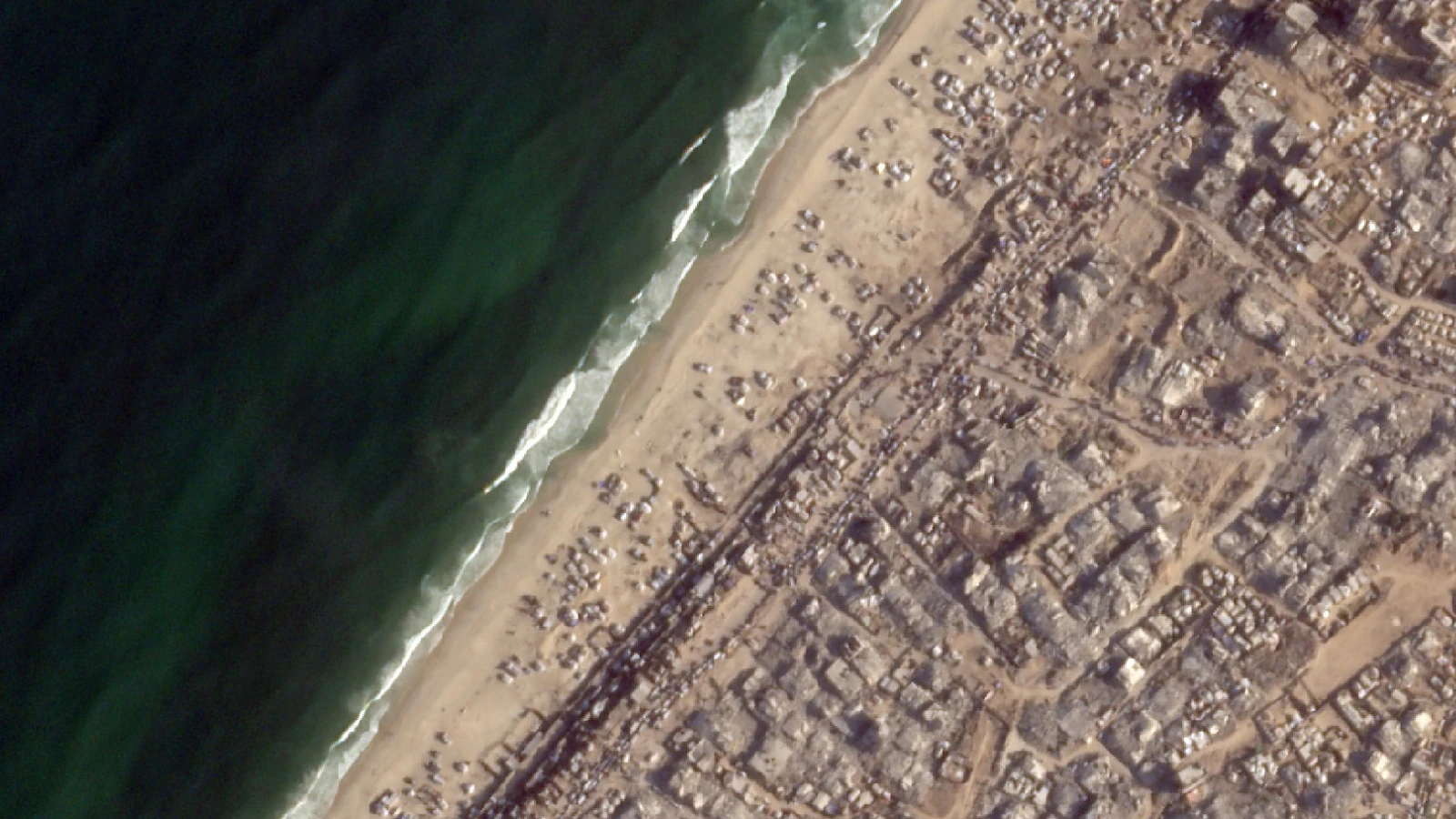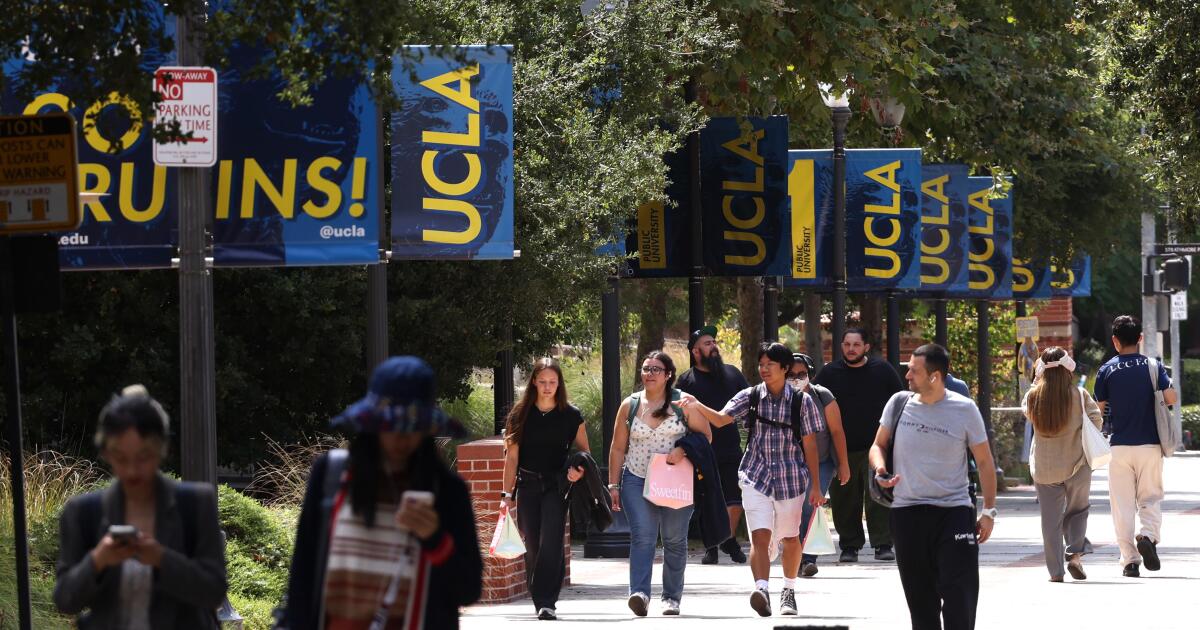
Imani Dell seemed like a happy, healthy 6-year-old. She loved bedtime stories and Chuck E. Cheese. She was energetic and cheerful whether she was at school or home with her parents. In May 2024, she was two weeks away from graduating first grade, and was looking forward to a summer of spending time at the playground in her north Miami neighborhood.
One night, her aunt noticed her eyes were crossed. Imani’s mother, Johnesha Brown, thought that it might be because she spent too much time on a tablet. She tried to take Imani to their pediatrician, but found her insurance was expired. When the mother and daughter got home, Imani said she was seeing double.
“I was scared and so worried, like, now something serious was going on with her,” Brown said. She filled out the application to renew her insurance, then called the company. They said it would take 30 days to review the paperwork. “I said ‘I can’t wait 30 days. My child needs to be seen right now.’ And the lady who I spoke to … She told me to take her to the hospital.”
Brown thought her daughter would just need an eye exam, but when Imani was seen at the University of Miami Health System’s emergency room, a nurse said she would need a CT scan to ensure there was nothing wrong in her brain. The test confirmed Brown’s worst fears: There was a golf-ball sized tumor in her daughter’s brain.
“He came in with his head down, and he said ‘Your daughter has a large mass in her head.’ Everything just went down from there,'” Brown recalled.
“I was just praying the entire time”
Imani was transferred to the Holtz Children’s Hospital, where she underwent brain surgery. Dr. Heather McCrea, the hospital’s director of pediatric neurosurgery, said she had three goals with the procedure: to treat fluid build-up in Imani’s brain that was caused by the tumor, to remove the mass and to study it to determine what other treatment Imani would need.
The operation was successful on all three fronts, McCrea said. Doctors determined the mass was a fast-growing tumor called a medulloblastoma.
Medulloblastomas are tumors that largely occur in children and infants, said Dr. David Harter, the director of the division of pediatric neurosurgery at NYU Langone Health. There are multiple subtypes of this kind of tumor, each with its own “genetic signatures” like “different mutations or developmental pathways,” he said.
Each subtype has its own symptoms and prognosis, though most forms of medulloblastoma manifest with symptoms like vomiting, headaches or crossed eyes. Medulloblastomas can also commonly cause hydrocephalus, or fluid build-up in the brain. That had caused the fluid McCrea had needed to remove from Imani’s brain. The tumor’s prognosis also depends on its subtype, Harter said.
After Imani’s tumor was removed, molecular classification was used to determine its subtype. Dr. Bradley Gampel, a pediatric hematologist and oncologist who treated Imani, said her tumor was “Group 4 medulloblastoma with intermediate risk.” That meant she would need both chemotherapy and radiation.
Classifying tumor subtypes helps doctors ensure patients are receiving proper treatment, Gampel and Harter both said. When treating pediatric patients, it’s important to think of how treatment can impact a child’s future, Harter said.
“It’s not just enough to win the war over the tumor,” Harter said. “We have to also consider the long-term effects of any therapies that we’re going to give.”
Imani underwent 30 rounds of radiation. The process was hard on her, Brown said: She had to be sedated for the treatment, so she was always sleepy afterward. She had a burn on her head from receiving the therapy. She struggled to eat and lost weight. She had little energy and didn’t want to play.
“I was just praying the entire time, hoping that everything would go well and be okay,” Brown said. “And I was thinking about ‘How long will my daughter be in treatment? How will she feel when she loses all her hair? She’s young, she won’t really understand what’s going on. How will my daughter feel knowing she’s going through all this?'”
When the radiation was complete, Imani had a four-week break from treatment. Then, she received nine cycles of chemotherapy over the course of about a year. This process was easier, Brown said, though Imani did lose her hair.
During this time, Imani was homeschooled, with the mother and daughter spending an hour a day going over a subject like history or math. Imani “didn’t like” the homeschooling, Brown said, but it was a relief to see her energy levels begin to return.
“Everything just is perfect”
Imani finished treatment during the first week of August 2025, Brown said. To celebrate, the family went to the Epic Universe theme park.
In mid-September, Imani returned to school for second grade. While she was nervous about going back to the classroom, Brown said she expected her daughter will like being with her friends and other kids much more than the homeschooling she had last year.
Imani will regularly undergo scans to ensure her cancer isn’t returning, McCrea said. Those scans will become more spread out as long as the cancer shows no signs of recurrence. Right now, Imani’s scans are “looking good,” McCrea said.
Brown said things have been “amazing, amazing, amazing” since Imani finished treatment. Her renewed insurance covered the entire treatment process. Her daughter has been featured in two different research studies. Most importantly, Imani is starting to act like her old self.
“My child really finished treatment, and she’s going back to being her normal self again,” Brown said. “I’m happy. I’m very excited. Everything just is perfect to me.”



